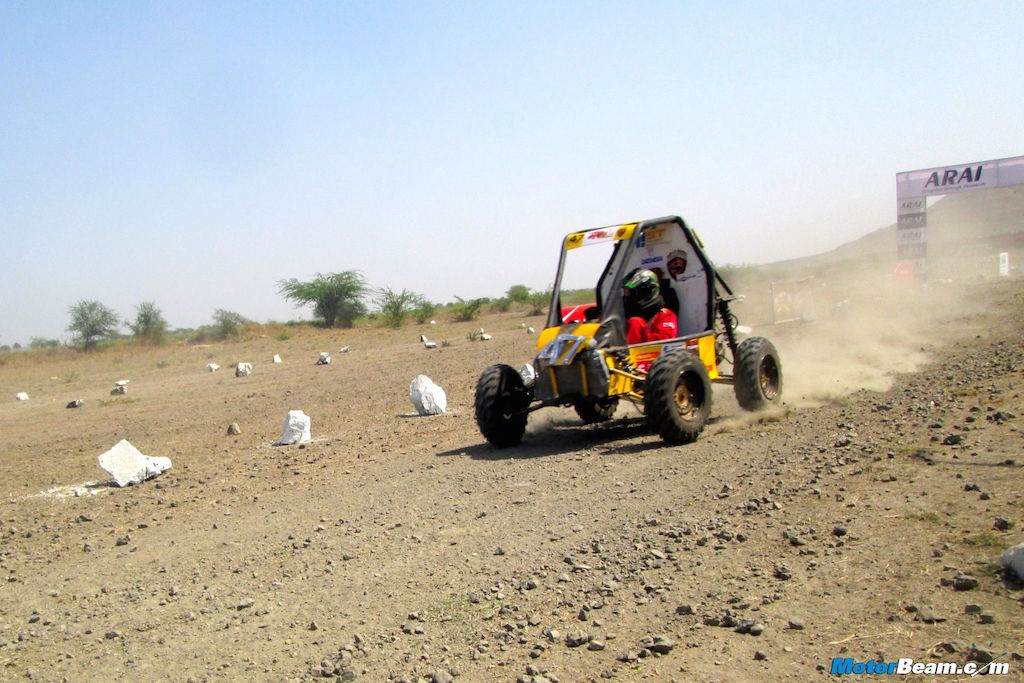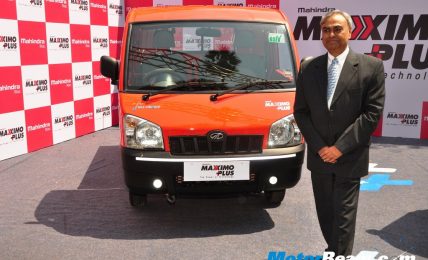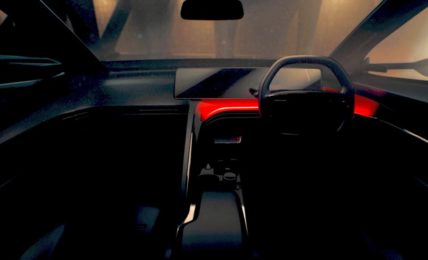The 8th edition of BAJA SAE India saw Team Nemesis of College of Engineering, Pune emerge as winners, followed by D.Y. Patil College of Engineering, Pune as 1st runner-up and Vellore Institute of Technology, Tamil Nadu as second runner-up.

All-Terrain Vehicles (ATVs) or a buggy, if you would like to call them that, have been known for their extreme off-roading capabilities taking on mud slinging, water wading, off-road tracks that a conventional vehicle would otherwise only dream to conquer. The premise to test the capabilities of a vehicle on this track leaves little room for error and a whole lot of scope for improvement. It even gets interesting when you are asked to build your own ATV and then compete on a national level against like-minded opponents on one of the most gruelling tracks developed by some of the best minds in the business. That folks is the 2015 BAJA SAE India for you, in a nutshell.
With a total 323 teams registered, only 74 teams could make it to the final Endurance race
Held at the NATRIP facility in Pithampur on the outskirts of Indore, the 2015 BAJA SAE saw 323 teams from colleges across the country register out of which 122 teams qualified for the finale. The event saw a whopping 8000 students participate and work towards BAJA SAE India 2015. Engineering students from across the country were asked to build a recreational vehicle that is safe, easily transported and maintainable as well as fun to drive without any direct involvement of professional fabricators. These ATVs would then be judged on the basis of several parameters including engineering design, cost and technology innovation.
ATVs were judged under 4 categories Static, Dynamic, Durability Evaluation & Endurance run
The three-day event saw participants go through the basic Static Evaluation round that compromised of design evaluation, cost evaluation and marketing presentation. The Dynamic Evaluation round on the other hand saw the vehicles being tested for acceleration, speed, hill climb, manoeuvrability; whereas the Durability Evaluation round saw the vehicles undergo endurance tests. Held on the last day, the Endurance Event saw only 74 teams make it to the event with each vehicle scrutinised on the ability to sustain in the demanding terrain coupled with challenging obstacles over the four hour run in the scorching heat.
The Booby Trap put the suspension set-up on test as the buggies waded the bumpy trail
A true test of endurance not only for the vehicles, but the drivers as well. The newly 4.5 km long track based on international standards for the Endurance run saw participants engage through a series of hairpin bends, dirt and gravel straights, gradients as well as wade through mud and deep slush along the way. The well placed obstacles throughout the track started with what was called the ‘Booby Trap’ (I’m not making this up) and saw the self-developed ATVs travel through rows of high bumps and drops only to have their suspensions extricated if not put to rest completely.
Despite a speed limit of 60 km/hr, the event saw some interesting high speed overtakes
The Booby Trap was then followed up by the muddy farm which like its name was a straight mud-dwelling straight on which participants got an opportunity to floor their ATVs up to the speed limit of 60 km/hr. The straight would then take you to the deep trench of Kala Paani (Black Water) due to the black soil, the obstacle had its way of testing the traction on the ATVs. Most vehicles performed really well over the stretch with drivers showing their skills and ability to control their creation very well.
The gruelling heat and four-hour long race took a toll on the cars and drivers as well
Following the dry run throughout the track, the vehicles sighed a breath of wet relief as the Gich Bridge which ensured some mud splashing fun to counter the daunting heat. Covered in dust and gravel by now, participants floored the accelerator creating huge splashes of mud sending muck everywhere. Little did a few know that the Gich Bridge was set-up to take a toll on their electricals and exhaust systems. Did it consume any vehicle? Oh yes! But it also coloured every participant in the same colour and texture of mud for the entire race with only the flags differentiating one from the other.
By the end of the day, all cars were painted in muck testing their electrical systems
The objective of the competition was to simulate real-world engineering design projects and their related challenges and most teams were able to conquer the same during the four-hour endurance run. Team Nemesis (Car No. 2) from College of Engineering, Pune were true nemesis for all other participants as the team went on to lead the BAJA SAE overall this year as well for the fifth time. The experience did show as their vehicle was also the lightest at about 160 kgs which ensured quick starts and manoeuvring capabilities compared to other vehicles that weighed in the range of 200-220 kgs. Team Predators (Car No. 29) from D.Y. Patil College of Engineering, Pune were declared as first runner-up and Team Kshatriya of Vellore Institute of Technology (VIT) finished as the second runner-up.
Dr. Pawan Goenka raised the chequered flag on the final lap
In addition to the petrol-powered BAJA, the organisers also came up with the first addition of the e-BAJA ATV that saw electrically powered ATVs compete in the event. Being the first year, e-BAJA saw 11 teams participate in the competition out of which only 8 made it to the finals. In essence, the BAJA SAE India gives a glimpse of some of the sharp minds that will make their way soon into the automotive world. With the bar raised significantly for this year, we can’t wait to see what Mahindra and the SAE India team has planned for the 2016 BAJA that is promised to be more ambitious than ever.
Mahindra SAE also conducted the first ever eBAJA this year with 8 teams participating




